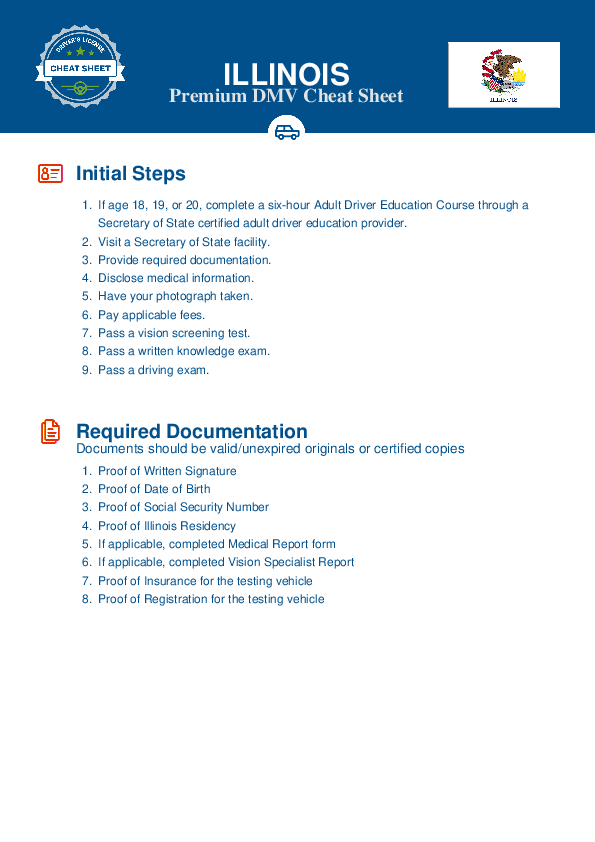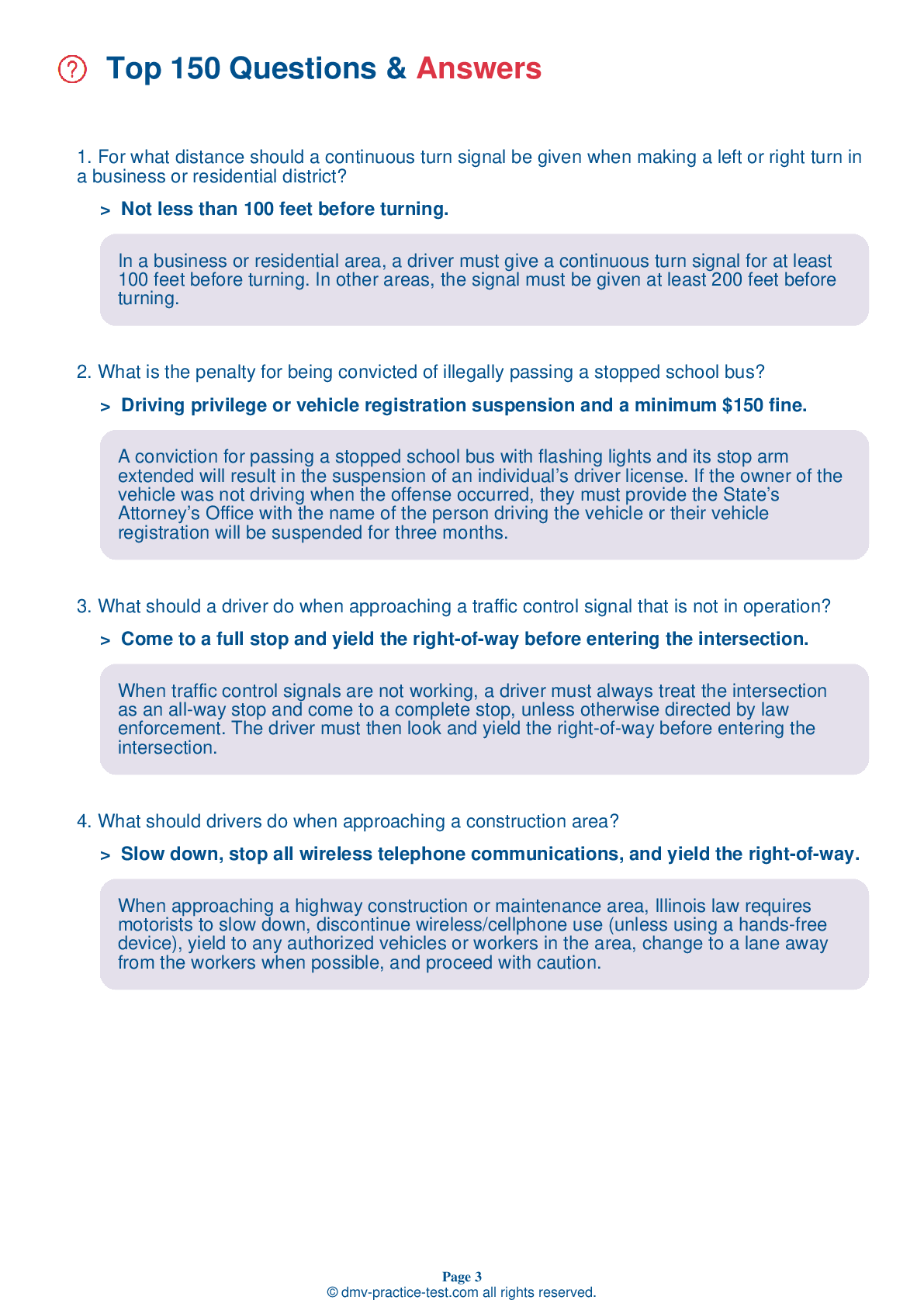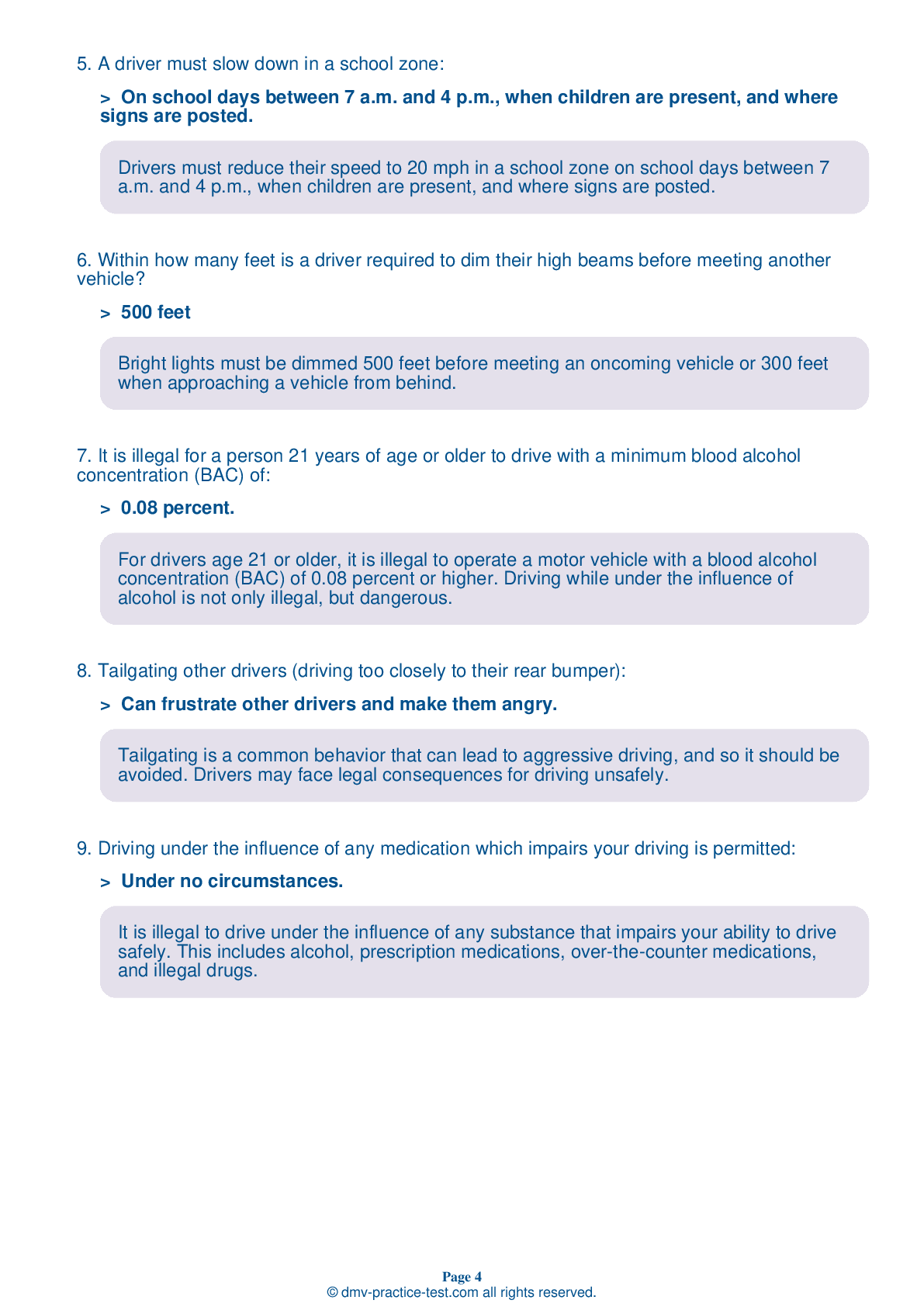FREE Illinois DMV Practice Test #14
For January 2025, this set of Illinois DMV practise tests has been updated. It includes questions based on the most important traffic signs and rules for 2025 from the Illinois Driver Handbook. To study for the DMV driving permit test and driver's licence exam, use actual questions that are very similar (often identical!) to the DMV driving permit test and driver's licence exam.
Each question on the practise exam has a tip and explanation to help you recall the ideas. Questions about traffic rules, traffic signs, and driving statutes, as well as information from the Driver Handbook, will be included in the written portion of the official DMV test.
You must properly answer 38 of the 35 questions to receive a passing mark. To help you prepare for your Illinois instruction permit or driver's licence, take our DMV practise test.
The DMV exam is offered in a variety of languages.
Using any form of testing help will result in an automatic fail, and the DMV may take further action against your driver's licence, so avoid it.
1 . Drivers may pass on a two-lane roadway marked with a single solid yellow line on their side of the centerline.
When there is a solid and a broken yellow line separating two lanes of traffic moving in opposite directions, a driver may pass only when the broken yellow line is nearest to the driver’s lane.
2 . This sign means:
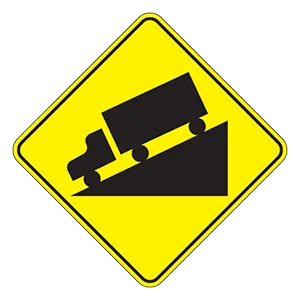
This sign warns that a steep downgrade is ahead on the road. Drivers should check their brakes.
3 . If you encounter an aggressive driver, you should:
Drivers must respect and cooperate with all other road users and conform to specific rules in order to maintain order and to avoid crashes. When encountering an aggressive driver, it is safest to just get out of their way. Always avoid competing with other drivers.
4 . To improve visibility lowered by rain or fog, drivers should use their:
Low beam headlights should be used when driving in rainy or foggy weather. Even if they do little to help you see, low beams will make it easier for others to see you.
5 . As you approach an intersection with a flashing yellow light:
A flashing yellow light means that you should slow down, check for cross traffic, and proceed with caution.
6 . This sign means:
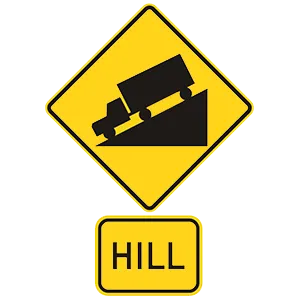
Warning signs are usually yellow with black markings. They alert you to conditions that are immediately ahead. This sign indicates that there is a steep hill ahead. Slow down and be ready to shift to a lower gear to control your speed and protect your brakes from damage.
7 . Signs with orange backgrounds are:
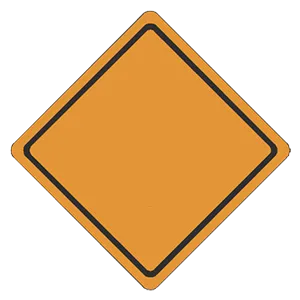
The color orange is used only for construction and maintenance warning signs.
8 . A flashing red traffic light at an intersection means:
A flashing red light at an intersection means drivers are required to come to a complete stop, yield to traffic and pedestrians, and proceed when the way is clear. The same is true at a stop sign.
9 . You are merging onto an interstate highway. You should:
Anytime you want to merge with other drivers, you need to find a gap large enough for you to safely enter into the flow of traffic. You should not stop on the entrance ramp to an interstate highway unless there are no gaps into which you may safely merge.
10 . The three-second rule helps the driver determine a safe following distance.
In general, you should use the three-second rule to determine a safe following distance.
11 . Excessive speed:
Excessive speed is one of the most common contributing factors to vehicle crashes. Excessive speed does not save time and often leads to high-risk decision-making.
12 . When you see this yellow sign, you should:
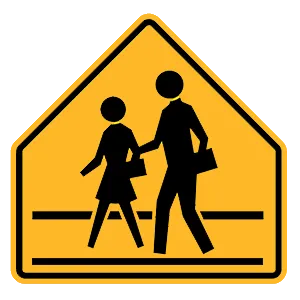
A five-sided sign indicates that you are near a school. Be aware and stop if children are in the crosswalk.
Need Car Insurance? No problem!
Compare the best rates in Illinois and find a personalized policy that meets your needs.
1. Are You Currently insured ?
2. Married ?
3. Do you own your Home?
4. Do you have more than 1 car ?
5. Have you or a Family Member Honorably Served in U.S. Military ?
6. Your Name
7. Age
8. Zip code
IMPORTANT REMINDER:Auto Insurance is Mandatory to drive in Illinois. Get covered before you hit the road to avoid any fines.
Ranked by best match
